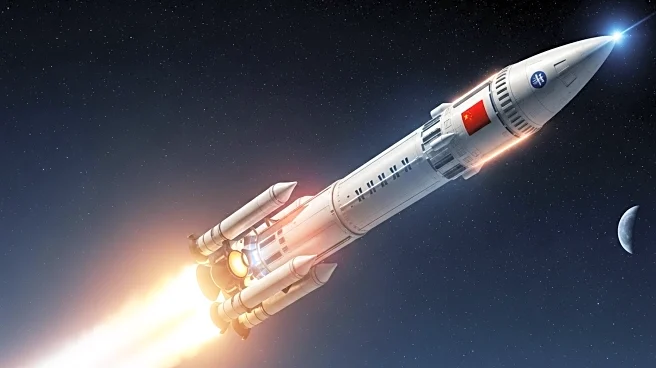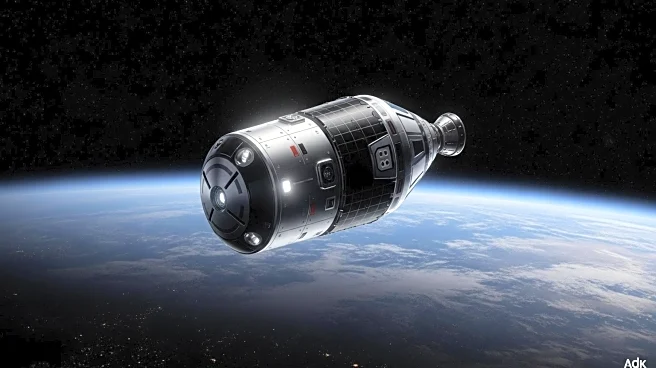Rapid Read • 7 min read
China is making significant strides in its lunar exploration program, aiming to land astronauts on the moon by 2030. Recent tests include the successful firing of the Long March 10 rocket's first-stage propulsion system, achieving record thrust levels. The tests involved a cluster of YF-100K engines, marking a critical step in rocket development. Additionally, China conducted a simulated takeoff and landing of its Lanyue lunar lander, designed to carry astronauts and scientific payloads to the moon. These developments are part of China's broader strategy to enhance its space capabilities and establish a presence on the lunar surface.
AD
China's advancements in space technology underscore its growing capabilities and ambitions in the global space race. The successful tests of the Long March 10 rocket and Lanyue lunar lander highlight China's commitment to achieving its lunar exploration goals. This progress could shift the dynamics of international space exploration, prompting other nations to accelerate their own programs. China's focus on developing robust space infrastructure and technology may lead to increased competition and collaboration in the space sector, influencing global policies and investments.
China plans to continue testing and refining its lunar mission technologies, with the Long March 10 rocket expected to undergo further evaluations. The country is also preparing for the maiden flight of the rocket, which will be crucial for its lunar mission timeline. As China advances its space exploration efforts, international stakeholders will likely monitor these developments closely, potentially leading to new partnerships or competitive strategies in the space industry.
AD
More Stories You Might Enjoy











